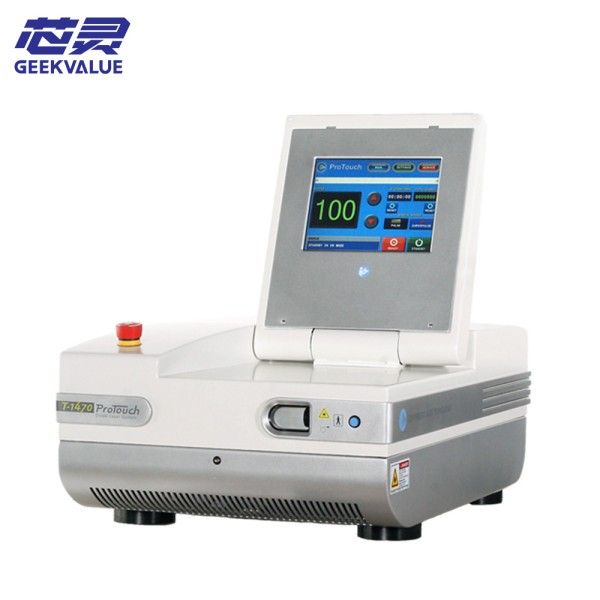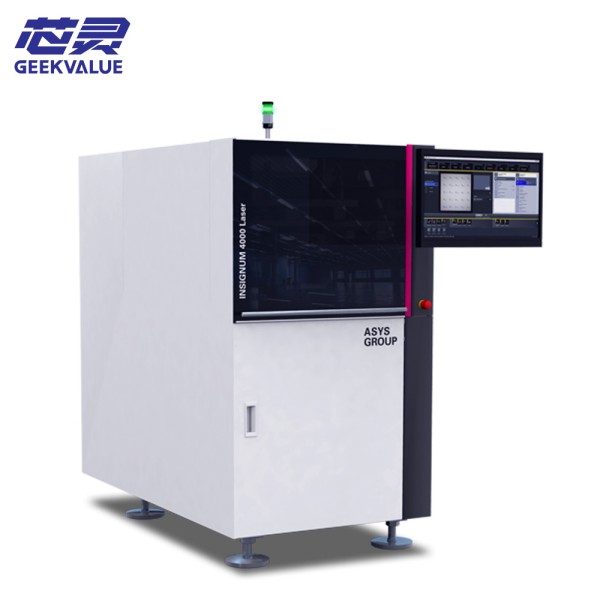Convergent Laser T-1470 ProTouch is a solid-state diode laser commonly used in the medical field. The following are common faults and maintenance methods that may occur:
Common faults
Abnormal laser output
Unstable or reduced power: This may be due to aging of the laser diode, failure of the pump source, contamination or damage of the optical path components, which affects the generation and transmission of the laser. For example, the performance of the laser diode deteriorates after long-term use, resulting in reduced output power; dust or scratches on the lens in the optical path can cause laser energy loss.
Degraded beam quality: For example, beam divergence and irregular spot shape, which may be caused by optical path alignment problems, improper installation of optical components, vibration, etc.
Control system failure
Unresponsive or stuck software interface: This may be caused by control software errors, incompatibility with the operating system, or hardware driver damage. For example, the software version is too low or too high, which conflicts with certain functions of the computer system, causing the software to fail to run normally.
Parameter settings cannot be saved or effective: This may be due to a failure of the storage component of the control system or a vulnerability in the software, resulting in the inability to correctly save and apply parameters.
Cooling system failure
Poor cooling effect: The laser uses a thermoelectric cooling system. If the cooling effect is not good, it may be due to a thermoelectric element failure, a cooling fan failure, or a blocked radiator. For example, the cooling fan stops rotating due to dust accumulation or motor failure, affecting the heat dissipation effect and causing the laser temperature to be too high.
Temperature alarm: When the cooling system fails and the laser temperature cannot be controlled within the normal range, the temperature alarm will be triggered. This may be due to a temperature sensor failure, a false alarm of temperature abnormality, or the cooling system cannot cool effectively.
Power system failure
The power supply cannot start: It may be due to a damaged power switch, a blown fuse, or a power module failure. For example, the electronic components in the power module are damaged due to aging, overvoltage, etc., resulting in failure to output power normally.
Maintenance method
Regular cleaning
External cleaning: Wipe the laser housing with a clean soft cloth to remove dust and stains. Avoid using cleaning fluids containing alcohol or other organic solvents to avoid damaging the housing material.
Internal cleaning: Open the maintenance cover of the laser regularly and use compressed air or special optical cleaning tools to remove internal dust. In particular, keep the lenses, reflectors and other components in the optical path system clean to prevent dust from affecting laser transmission.
Optical path inspection and calibration
Regular inspection: Check whether the optical components in the optical path are damaged, displaced or contaminated. If the lens is found to be scratched, the coating is peeled off or dirty, it should be cleaned or replaced in time. At the same time, check the alignment of the optical path. If there is any deviation, it is necessary to use a professional calibration tool to adjust it.
Cooling system maintenance
Check the fan: Check the operation of the cooling fan regularly to ensure that the fan is operating normally. If dust accumulates on the fan blades, it should be cleaned in time to ensure good heat dissipation.
Monitoring temperature: Pay attention to the operating temperature of the laser and ensure that the cooling system can control the temperature within the normal range (13 - 30℃). If the temperature is abnormal, the cause of the cooling system failure should be found and repaired in time.
Power system maintenance
Check the voltage: Use a multimeter to check the input power supply voltage regularly to ensure that the voltage is within the operating voltage range of the laser (115/230 VAC, 15 A). If the voltage fluctuates greatly, a voltage stabilizer should be installed to protect the power supply system of the laser.
Prevent overload: Avoid long-term full load or overload operation of the laser to extend the service life of the power supply and other components.
Software and control system maintenance
Software update: Update the laser control software and driver in time to obtain better performance and stability, and fix possible software vulnerabilities.
Backup parameters: Back up the laser parameter settings regularly to prevent parameter loss or errors. After replacing hardware or upgrading software, ensure that the parameters are set correctly and take effect.





